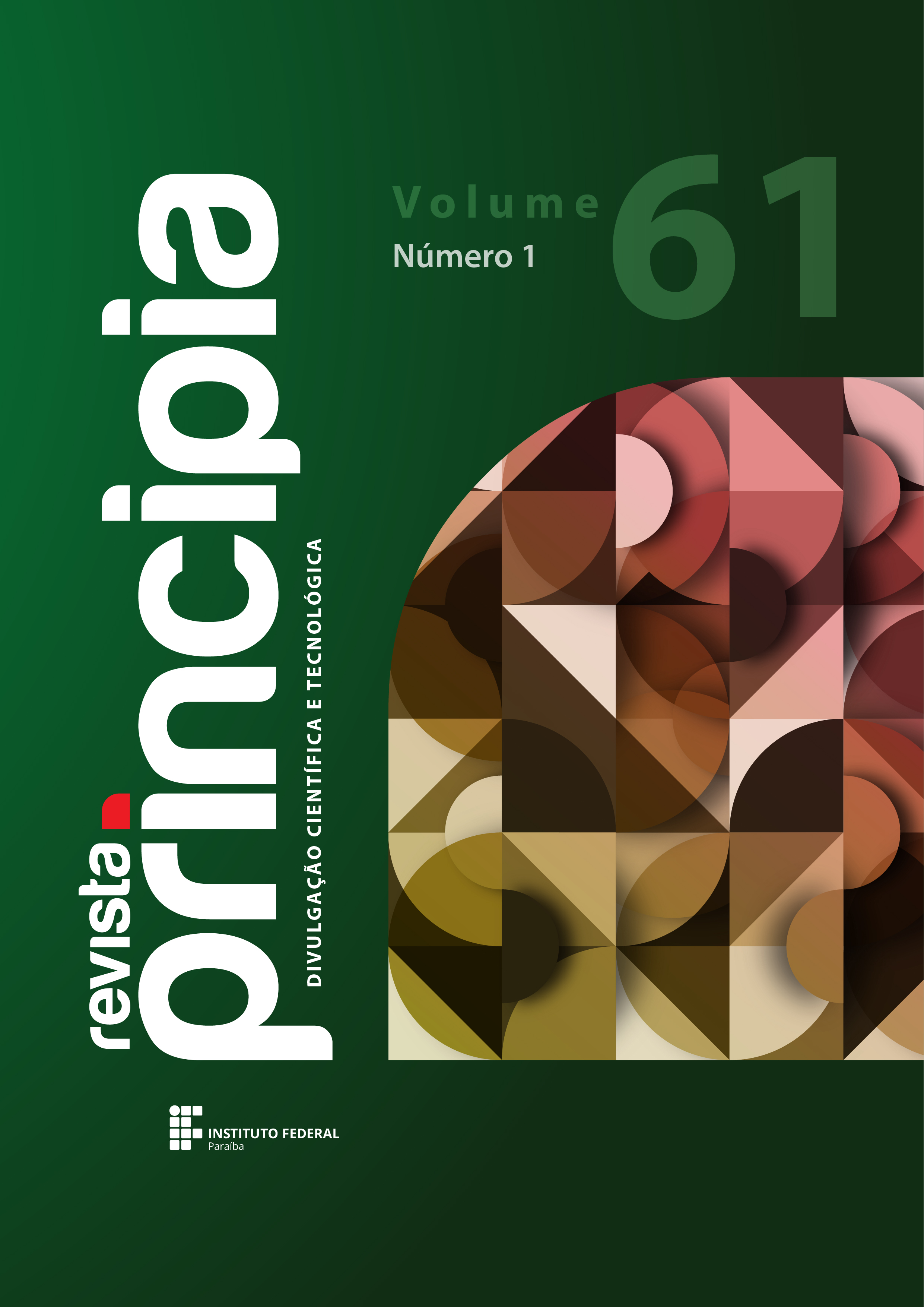Framework para apoiar especialistas no problema de sequenciamento de contêiner em terminais portuários
DOI:
https://doi.org/10.18265/1517-0306a2022id6730Palavras-chave:
framework, problema de sequenciamento de contêiner, terminais portuáriosResumo
Com a utilização de contêineres em terminais portuários, surge o desafio de manipulá-los com intuito de obter um menor tempo para realização das operações. Entre os problemas encontrados nesse contexto, é possível destacar o problema de sequenciamento de contêiner, que busca determinar uma sequência de operações com os contêineres realizadas entre o navio e o pátio através dos guindastes. Frente à quantidade de algoritmos de otimização encontrados na literatura, é necessária uma estratégia que possibilite a construção de soluções. O objetivo deste trabalho consiste em identificar uma alternativa capaz de auxiliar os especialistas na construção de soluções. Com a revisão da literatura, foi possível observar a necessidade de um framework que fosse genérico e de fácil integração. Para verificar o comportamento do framework, foi integrado a este a meta-heurística GRASP (Greedy Randomized Adaptive Search Procedure), que tem uma boa aceitação na literatura. Nos resultados, foi possível visualizar as soluções encontradas pela técnica e o tempo gasto ao executar as instâncias. Através do framework, foi possível visualizar e analisar as soluções geradas, o que permitiu verificar o impacto das soluções aplicadas ao problema.
Downloads
Métricas
Referências
ABNT – ASSOCIAÇÃO BRASILEIRA DE NORMAS TÉCNICAS. NBR ISO 6346. Contêineres de carga: códigos, identificação e marcação. Rio de Janeiro: ABNT, 2002.
AHMED, E.; EL-ABBASY, M. S.; ZAYED, T.; ALFALAH, G.; ALKASS, S. Synchronized scheduling model for container terminals using simulated double-cycling strategy. Computers & Industrial Engineering, v. 154, 107118, 2021. DOI: https://doi.org/10.1016/j.cie.2021.107118.
BRASIL. Ministério da Economia. Comex Stat. Exportação e importação geral. Brasília, DF: Ministério da Economia, 2021. Disponível em: http://comexstat.mdic.gov.br/pt/geral. Acesso em: 20 set. 2021.
DING, Y.; WEI, X.-J.; YANG, Y.; GU, T.-Y. Decision support based automatic container sequencing system using heuristic rules. Cluster Computing, v. 20, n. 1, p. 239-252, 2017. DOI: https://doi.org/10.1007/s10586-016-0678-2.
FIRMINO, A. S.; SILVA, R. M. A.; TIMES, V. C. A reactive GRASP metaheuristic for the container retrieval problem to reduce crane’s working time. Journal of Heuristics, v. 25, n. 2, p. 141-173, 2019. DOI: https://doi.org/10.1007/s10732-018-9390-0.
HE, X.; WANG, S.; ZHENG, J. A hybrid heuristic algorithm for integrated large-capacity quay crane scheduling problem. In: INTERNATIONAL CONFERENCE ON COMPUTER RESEARCH AND DEVELOPMENT, 3., 2011, Shanghai. Proceedings […]. Shanghai: IEEE, 2011. p. 309-312. DOI: https://doi.org/10.1109/ICCRD.2011.5764026.
KITCHENHAM, B.; BRERETON, O. P.; BUDGEN, D.; TURNER, M.; BAILEY, J.; LINKMAN, S. Systematic literature reviews in software engineering: a systematic literature review. Information and Software Technology, v. 51, n. 1, p. 7-15, 2009. DOI: https://doi.org/10.1016/j.infsof.2008.09.009.
LEE, C.-Y.; LIU, M.; CHU, C. Optimal algorithm for the general quay crane double-cycling problem. Transportation Science, v. 49, n. 4, p. 957-967, 2015. DOI: https://doi.org/10.1287/trsc.2014.0563.
LIU, M.; CHU, F.; ZHANG, Z.; CHU, C. A polynomial-time heuristic for the quay crane double-cycling problem with internal-reshuffling operations. Transportation Research Part E: Logistics and Transportation Review, v. 81, p. 52-74, 2015a. DOI: https://doi.org/10.1016/j.tre.2015.06.009.
LIU, M.; WANG, S.; CHU, C.; ZHENG, F. A branch-and-price framework for the general double-cycling problem with internal-reshuffles. In: IEEE INTERNATIONAL CONFERENCE ON NETWORKING, SENSING AND CONTROL, 12., 2015, Taipei. Proceedings […]. Taipei: IEEE, 2015b. p. 304-308. DOI: https://doi.org/10.1109/ICNSC.2015.7116053.
MEISEL, F.; WICHMANN, M. Container sequencing for quay cranes with internal reshuffles. OR Spectrum, v. 32, n. 3, p. 569-591, 2010. DOI: https://doi.org/10.1007/s00291-009-0191-6.
RESENDE, M. G. C.; RIBEIRO, C. C. Greedy randomized adaptive search procedures: advances, hybridizations, and applications. In: GENDREAU, M.; POTVIN, J.-Y. (ed.). Handbook of metaheuristics. Boston: Springer, 2010. p. 283-319. DOI: https://doi.org/10.1007/978-1-4419-1665-5_10.
ZHANG, H.; KIM, K. H. Maximizing the number of dual-cycle operations of quay cranes in container terminals. Computers & Industrial Engineering, v. 56, n. 3, p. 979-992, 2009. DOI: https://doi.org/10.1016/j.cie.2008.09.008.
ZHENG, F.; PANG, Y.; LIU, M.; XU, Y. Dynamic programming algorithms for the general quay crane double-cycling problem with internal-reshuffles. Journal of Combinatorial Optimization, v. 39, n. 3, p. 708-724, 2020. DOI: https://doi.org/10.1007/s10878-019-00508-9.
Downloads
Publicado
Como Citar
Edição
Seção
Licença
Esta revista, seguindo as recomendações do movimento de Acesso Aberto, proporciona seu conteúdo em Full Open Access. Assim os autores conservam todos seus direitos permitindo que a Revista Principia possa publicar seus artigos e disponibilizar pra toda a comunidade.
A Revista Principia adota a licença Creative Commons 4.0 do tipo atribuição (CC-BY). Esta licença permite que outros distribuam, remixem, adaptem e criem a partir do seu trabalho, inclusive para fins comerciais, desde que lhe atribuam o devido crédito pela criação original.
Os autores estão autorizados a enviar a versão do artigo publicado nesta revista em repositório institucionais, com reconhecimento de autoria e publicação inicial na Revista Principia.
Demais informações sobre a Política de Direitos Autorais da Revista Principia encontram-se neste link.
























 (precisa estar logado)
(precisa estar logado)






